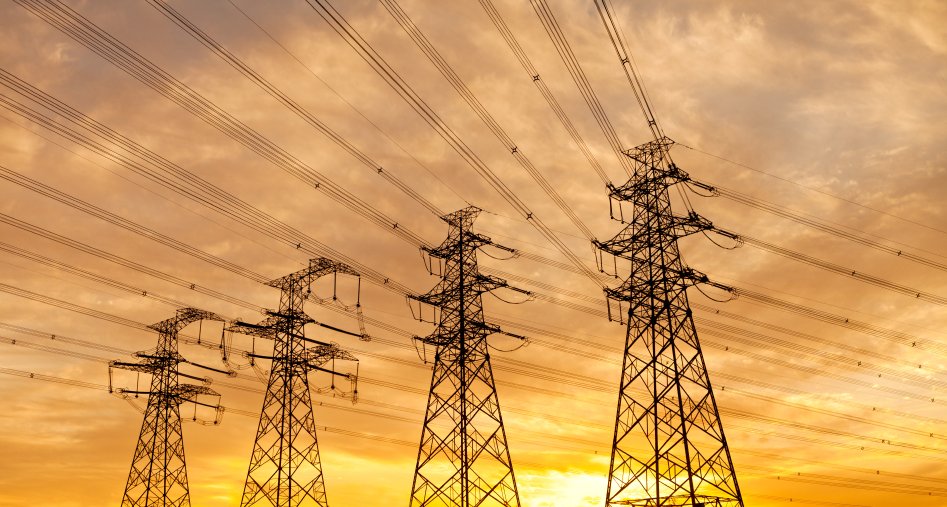Insights > New Analysis: Entergy Helps Lead Utility Industry in U.S. Emissions Reduction
New Analysis: Entergy Helps Lead Utility Industry in U.S. Emissions Reduction
06/20/2019

Entergy's strategic, voluntary actions since 2001 to reduce emissions from power plants is helping lead the reduction in the nation's overall emissions, an independent comprehensive analysis confirmed this week.
A study of the 100 largest electric power producers reported that Entergy is the nation's sixth-largest producer of electricity and ranks sixth in the production of zero-carbon emitting energy. And Entergy's carbon dioxide emission rate is the fourth lowest among the top 20 privately owned and investor-owned U.S. power producers.
"As outlined in Entergy's new climate report, now we are taking further steps to transform our generation portfolio to cleaner resources, retain our utility-owned nuclear assets and partner with other industries on innovative electrification opportunities," said Chuck Barlow, vice president of sustainability and environmental policy. “These initiatives allow net benefits for all our stakeholders – customers, communities, employees and owners."
Entergy is proud to operate one of the cleanest large-scale power generation fleets in the United States. Learn more about the company's portfolio transformation, energy efficiency initiatives and other actions contributing to lower emissions in our 2018 integrated report. And learn more about Entergy's overall environmental footprint here.
The report found that in 2017, for the first year ever, zero-carbon resources accounted for more U.S. electricity generation (35.4%) than gas (32.1%) or coal (29.8%). Renewables, which include wind, solar, geothermal, and biomass, delivered 8% of U.S. energy. Nuclear led all zero-carbon resources in 2017, generating 56.3% of non-emitting power, followed by 22.6% from renewables and 21.1% from hydropower.
Also, in the report:
- Power plant sulfur dioxides and nitrogen oxides have decreased 92% and 84%, respectively, since Congress passed major amendments to the Clean Air Act in 1990.
- Mercury air emissions from power plants have decreased 90% since 2000. Federal limits on mercury and other hazardous air pollutants from coal-fired power plants went into effect in 2015.
- Despite a 1% increase in CO2 emissions between 2017 and 2018, carbon emissions from the U.S. power sector have decreased 20% since their peak in 2005. At the same time, the U.S. gross domestic product grew 41% – signaling that carbon emissions reductions and economic growth can go hand in hand.
- Since 2005, generation from renewables has doubled, occupying a 9% share of the U.S. total in 2018. That was due in part to the fact that 29 states, Washington, D.C., and three territories have adopted renewable portfolio standards, and eight states and one territory have set renewable energy goals.
The nationwide data is presented by the independent advisory firm M. J. Bradley & Associates in the 15th edition of Benchmarking Air Emissions of the 100 Largest Electric Power Producers in the United States, a report that Ceres, Natural Resources Defense Council and partners like Entergy and Exelon have released since 1997. The report is based on publicly reported 2017 generation and emissions data from the U.S. Energy Information Administration and the Environmental Protection Agency.
